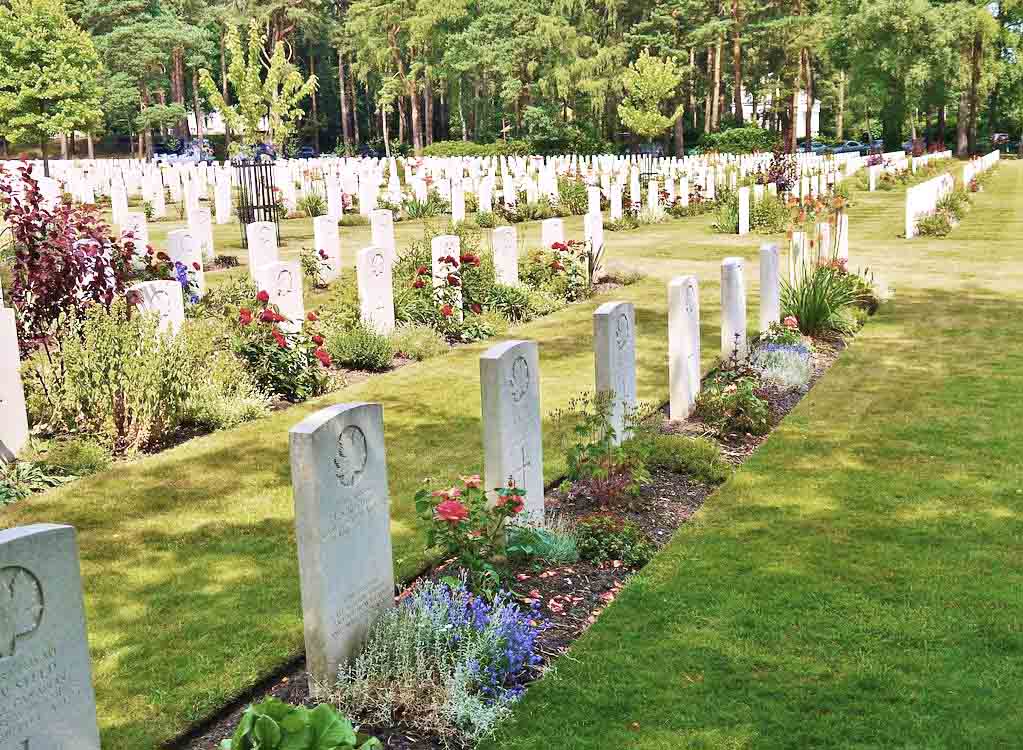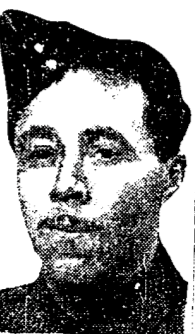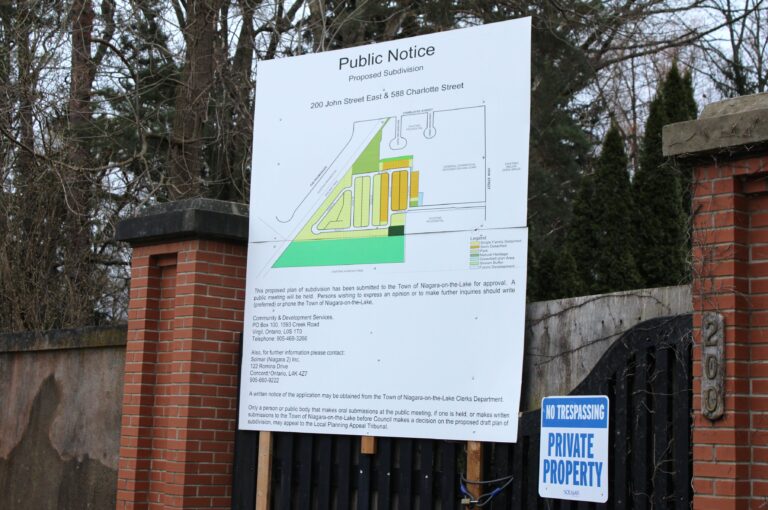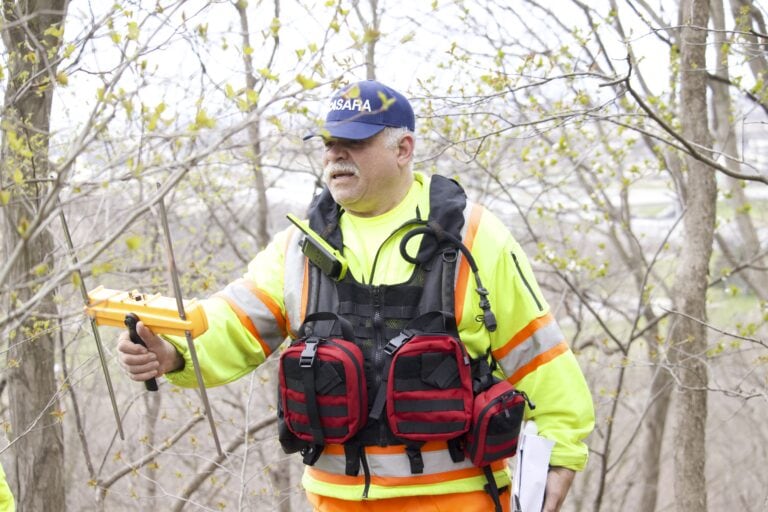It’s been a century since Niagara-on-the-Lake’s iconic clock tower cenotaph was erected. Then, in 1926, the Township of Niagara unveiled its own memorial in Queenston. In recognition of those who fought and died in two world wars and beyond, NOTL historian Ron Dale has been researching the stories of the people – all men – whose names are engraved on the two cenotaphs. This is one in a series of stories documenting and remembering the sacrifices of those commemorated on the municipal memorial in Queenston.
Ron Dale
Special to The Lake Report
Gordon Percy Hollingsworth was born in Toronto on Nov. 19, 1903, to George Hollingsworth and Sylvia Moxley.
Gordon’s father was born in St. Catharines on Dec. 29, 1871, the son of Abraham and Jane Hollingsworth, members of St. Catharines’ large Black community.
Abraham was born in Maryland, likely into slavery. If so, he was a successful freedom seeker, as he was living in St Catharines by 1861.
Gordon’s parents were married in Toronto in 1892 and had three daughters and three sons, including Gordon. Tragically. Sylvia died on Nov. 26, 1909, just after Gordon’s sixth birthday.
George Hollingsworth remarried Martha Bell Perkins in Toronto three years later and had two more sons.
Gordon was educated in Toronto but was frequently pulled out of school by his parents, likely at times when his family was visiting relatives in the Niagara region, London, and Buffalo.
After Grade 6 he left school to work. As an adult he was an avid reader.
Gordon worked for a time as a farm labourer in northwestern Ontario before returning to Toronto in 1927.
He joined the Queen’s Own Rifles of Toronto as a part-time militiaman and moved to Quebec in 1929 to work on a farm.
He later returned to Toronto and joined the 9th Field Battery of the Royal Canadian Artillery, again as a part-time militiaman.
Gordon married Rachel Rowan on April 17, 1937, and he was then working as a parking lot attendant and taxi driver.
Less than a year after the start of the Second World War, Gordon enlisted, joining the 18th Field Company of the Royal Canadian Engineers on June 5, 1940.
He received training as a Sapper with the Canadian Engineers at Camp Sussex in New Brunswick. The main function of the engineers was to enable the army to move by repairing roads, building bridges, clearing obstacles and general construction.
Gordon’s unit boarded ship in Halifax on June 21, 1941, and he disembarked at Gourock in Scotland on June 30. Sapper Gordon Hollingsworth was assigned to the #6 Construction Company of the Royal Canadian Engineers at a camp near East Grinstead, just southwest of London.
On Oct. 12, 1943, Sapper Hollingsworth was granted a nine-day leave and he headed to London for his holiday. He was due back in camp just before midnight on Oct. 21 but overstayed his leave.
At East Croydon, he hurriedly got on a train on the night of Oct. 21 and sat in one of the compartments with several other passengers. He was cutting it close.
As the train got rolling, he asked his fellow passengers if the train stopped at East Grinstead. It did not. He had boarded the wrong train.
When told that the next stop was the Three Bridges Station, he said that he would get off there and catch another train to East Grinstead.
As the train got up to speed, Hollingsworth stood up and grabbed the latch on the door to the compartment “as if going through the door to a corridor,” according to one of his fellow passengers.
On this train, however, there was no corridor. The compartment doors opened directly to the outside. He opened the door and the wind caught the door and pulled Hollingsworth out of the train.
Another soldier in the compartment pulled the emergency cord and the train stopped about 500 metres from where he had fallen. He was dead, having broken his skull.
On Nov. 29 an inquiry was held to determine what caused Hollingsworth to open the door. Witnesses and officers of his unit were called to testify.
The medical officer stated that Hollingsworth was “a sober man, very cheerful, very happy.” This ruled out the likelihood of suicide.
Perhaps his mind was preoccupied with his inability to get back to base before midnight and the end of his leave.
He may have opened the door without thinking, as if he was on a Canadian train moving from car to car, perhaps to seek out a conductor to check train schedules.
We will never know. In any case, his demise was ruled as “death by misadventure.”
Sapper Gordon Hollingsworth is buried at Brockwood Military Cemetery in Surrey.











